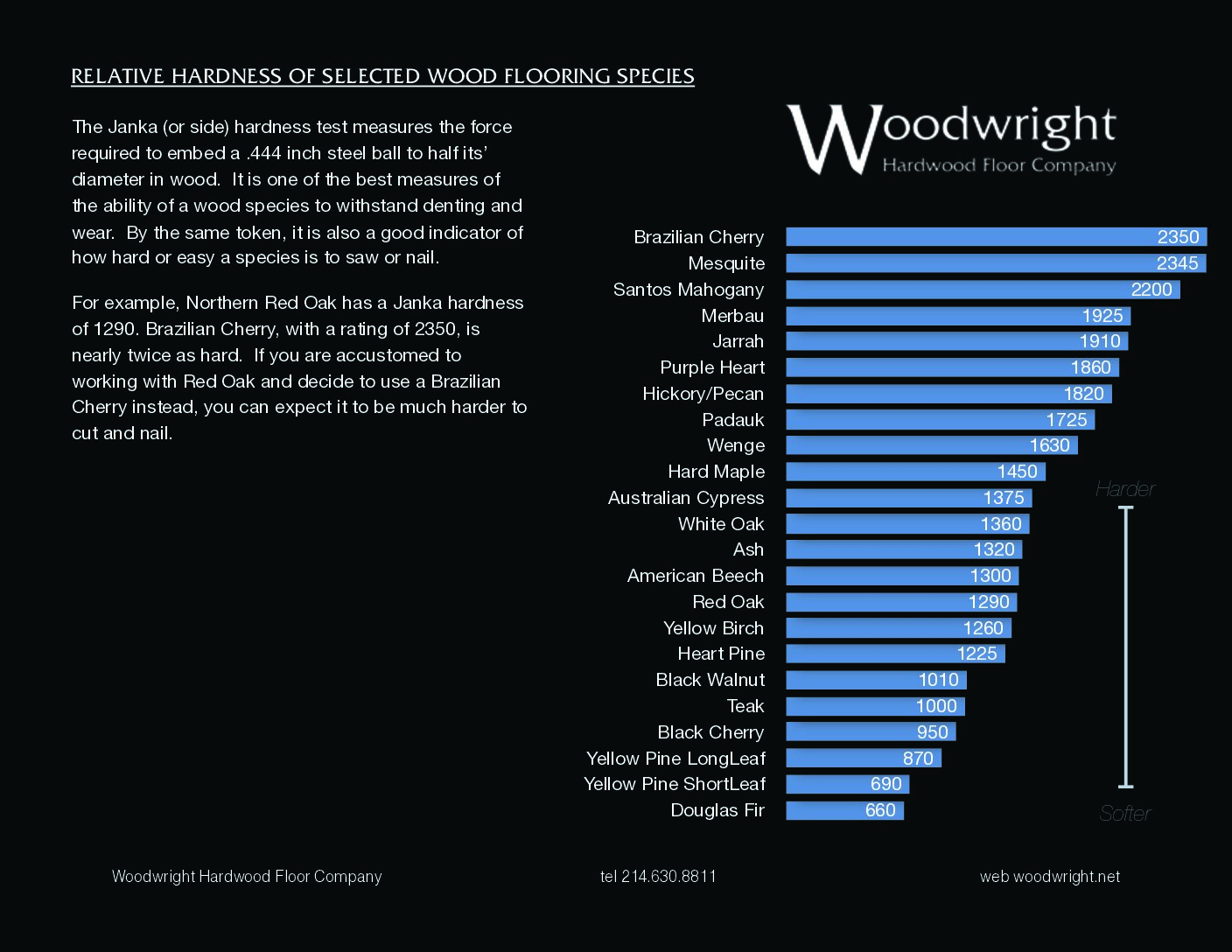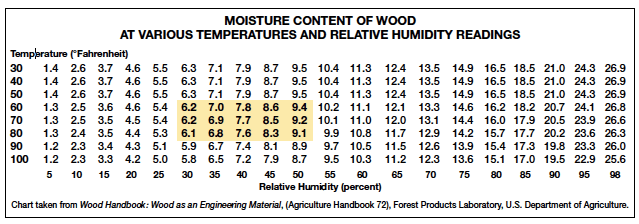The World of Wood in Winter Weather
With the start every new year comes the harshest months of the winter season. With the dip in temperatures as we welcome in 2019 the season brings along with it scarves, hot chocolate, bonfires, snow, and even…shrinkage? When referring to your wood floors it is a word that no one wants to hear, but most have experienced.
The Effect of Winter
Why is it that wood flooring reacts to the colder temperatures? Even though wood floors are no longer living trees, the flooring reacts to temperature and humidity changes inside your space as if it were alive. Just as your skin reacts to low humidity, so does wood flooring.
The best way to ensure your wood floor has the best and most stable lifecycle is to allow the wood to acclimate to the space before installation as well as maintaining a controlled humidity and temperature throughout the lifetime of the floor. However, as we know, during the winter months when the temperatures dip below the freezing point, heaters become a necessity to working and living in a comfortable state. This usage of heaters mixed with the natural lower relative humidity of the colder temperatures often can cause shrinkage and cracks in wood floors as well as dry cupping.
Humidity Maintenance
Controlling the humidity of your space, especially during the drastic change in climate in the winter, is vital to the life and appearance of your wood flooring. Each wood species has a different tolerance for changes in humidity due to their stability, as shown on the chart below:

These various levels of stability of each species give you an idea of how they will react to the drastic changes in temperature and humidity. One other method to ensure the wood flooring on your project combats the changing temperatures is to always make sure you maintain your temperature and humidity levels in your space to stay within the designated yellow highlighted area shown on the chart below:

Monitoring of the HVAC system, as well as the possible use of humidifiers, can assist in keeping the space climatized. While wood will still expand and contract due to changing climate throughout the winter season, understanding the species and keeping the climate relatively controlled in your space will lead to the best results for your wood flooring.
The Return to Normalcy
In the end, wood is a natural product that will continue to breathe throughout the life of the floor as it did when it was a tree. Despite the harsh winter months bringing about the possibility of shrinkage and dry cupping, it is best to always remember that when spring does arrive and the relative humidity readings return to a higher percentage that wood will react accordingly and expand back down to what it once was.
